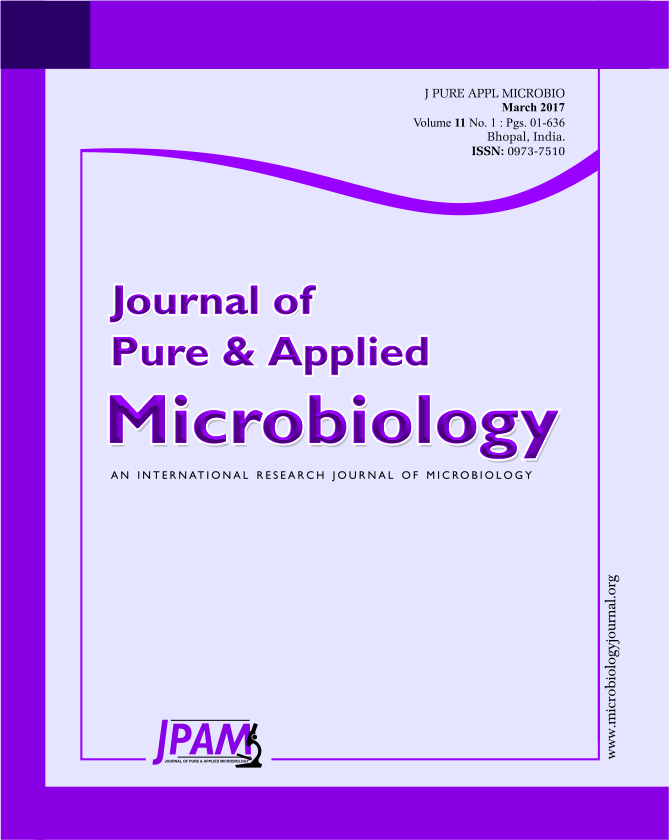The in-vivo mouse bladder model was sought to determine the effect of virulent uropathogenic E. coli (UPEC) strain harboring hly, papC and cnf-1 genes on uroepithelium of diabetic mouse bladder infected transurethrally. The female BALB/c mice aged between 6-8 weeks were used in the study. The diabetes was induced by subcutaneous injection of alloxan hydrate (80mg / kg body weight) in mice. Two UPEC strains, one with hly, papC and cnf-1 virulent genes and the other (hypovirulent) without hly, cnf-1 and papC genes were selected for the study. The animals were anesthetized and 50 µl of bacterial inoculum was instilled in to bladder of DM and non-DM mice using specially devised mice catheter. The mice were sacrificed at 4 hrs, 24 hrs and 48 hrs of post infection, and the bladder was removed aseptically. One half of the bladder was homogenized and bacterial culture was performed. The other half of the bladder was used to document bacterial adhesion and invasion by histopathology and scanning electron microscopy. The exaggerated consequence of virulent UPEC strain on diabetic mouse bladder model was documented as enhanced adhesion and extensive damage of the uroepithelium of the bladder. However, hypovirulent UPEC strain failed to produce observable pathophysiological effect. Many of the UPEC were in the filamentous form and occasionally seen looping within and between adjacent superficial cells to escape from immune mechanism like micturation and exfoliation.
UPEC; Escherichia coli; Mouse UTI model; Diabetes mellitus.
© The Author(s) 2017. Open Access. This article is distributed under the terms of the Creative Commons Attribution 4.0 International License which permits unrestricted use, sharing, distribution, and reproduction in any medium, provided you give appropriate credit to the original author(s) and the source, provide a link to the Creative Commons license, and indicate if changes were made.


